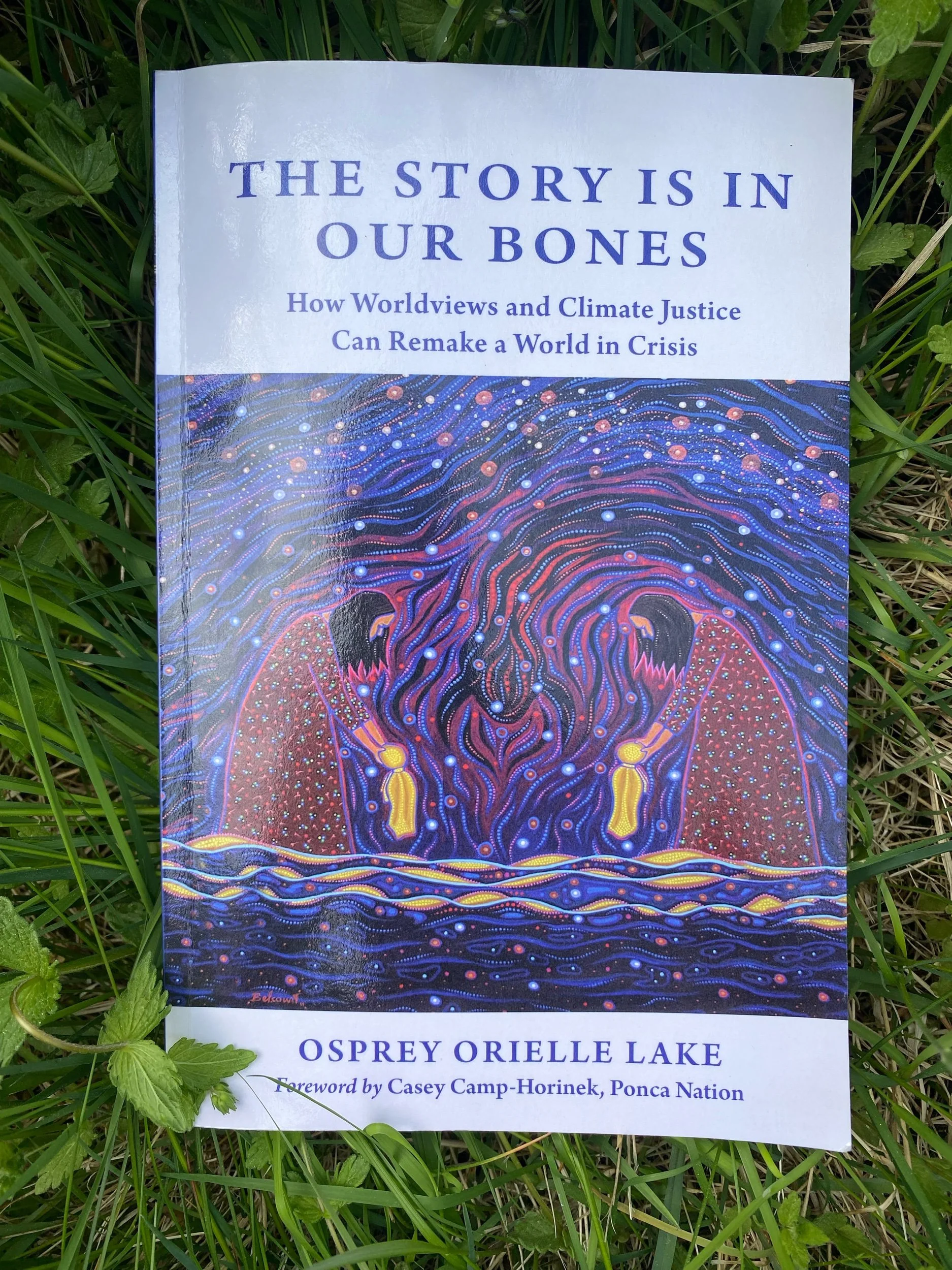The festive season is soon upon us, and so is a lot of traditional festive food. In my everlasting investigation on how to live more sustainable, I’ve come to notice how much of the store bought food that still contains palm oil in Norway.
Palm oil production has a severe negative impact on the rainforest, as vast areas with a high bio diversity is mowed down to make room for palm oil plantations. This also impacts the animals who used to live there, and the indigenous that made their livelihood in the rainforest. If you would like to read more about the problem of palm oil (in English) you can follow this link to the site “Say no to palm oil"
Palm oil plantation harvesting
As an eco conscious citizen, you don’t want to contribute to the deforestation of the rainforest while you are enjoying your store bought ginger bread, therefore, I will give you a guide on how to steer clear of the palm oil this Christmas:
In 2014, the Norwegian grocery store Rema1000 took a strong stand against palm oil and declared that no products with the brand “Rema1000” would contain palm oil. However, they continued to sell products that that already sold that contained palm oil, like Nutella. Therefore, I always check just in case. Rema1000 has committed to not bring in any new palm oil containing products to their assortment.
The Norwegian Regnskogfondet (The rainforrest foundation) has a brilliant guide where you can type in most products and see how much, if any, palm oil it contains. Here is the guide. “Søk etter vare” means “search for item”, for instance you can search for a Christmas classics example; ginger bread biscuits. Luckily there are quite few store bought ginger bread boxes that contains palm oil. The ones to stay away from are: All four types of ginger bread bought at IKEA, and the one called Berthas sjokoladepepperkaker. This guide is really handy when in doubt. Also, it is super simple to just read at the back of the packaging.
As more people are becoming aware of the problem with palm oil, manufacturers has started to label it in different ways. Here is a guide to different ways palm oil might be labeled.
You want to double check new products by Freia, like the “snøballer”, as they often contain palm oil. After Rema1000 decided to ban palm oil, they gave Freia the option to replace the palm oil in their popular easter eggs with something else, something they did not do, which lead to Rema1000 deciding to not sell the popular easter eggs in their stores.
Deforestation caused by palm oil plantations
RSPO certified Palm Oil
You have probably read the phrase “RSPO certified Palm Oil” on products containing palm oil. This is the “Roundtable on Sustainable Palm Oil (RSPO), which is a large, international group of palm oil producers, palm oil buyers, and environmental and social groups. According to WWF this initiative have taken steps in making the palm oil industry better.
However, Greenpeaces “Certifying Destruction” report shows that the RSPO is in fact not producing sustainable palm oil. The report uncovered how RSPO certified palm oil plantations was linked to deforestation. One of the reasons why RSPO certification is not working as it should, is because there are several loop holes to work around the conservation of the rainforest that it was set out to protect. If you want to understand more about RSPO, I recommend reading the report.
This is why RSPO certified oil is not a guarantee that the palm oil has not contributed to deforestation. Therefore it is better to avoid palm oil containing products altogether.
Have a joyful and palm oil free Christmas celebration. More tips on how to have a sustainable and eco friendly celebration will come.
My samoyed Kit looking forward to a new sustainable Christmas











